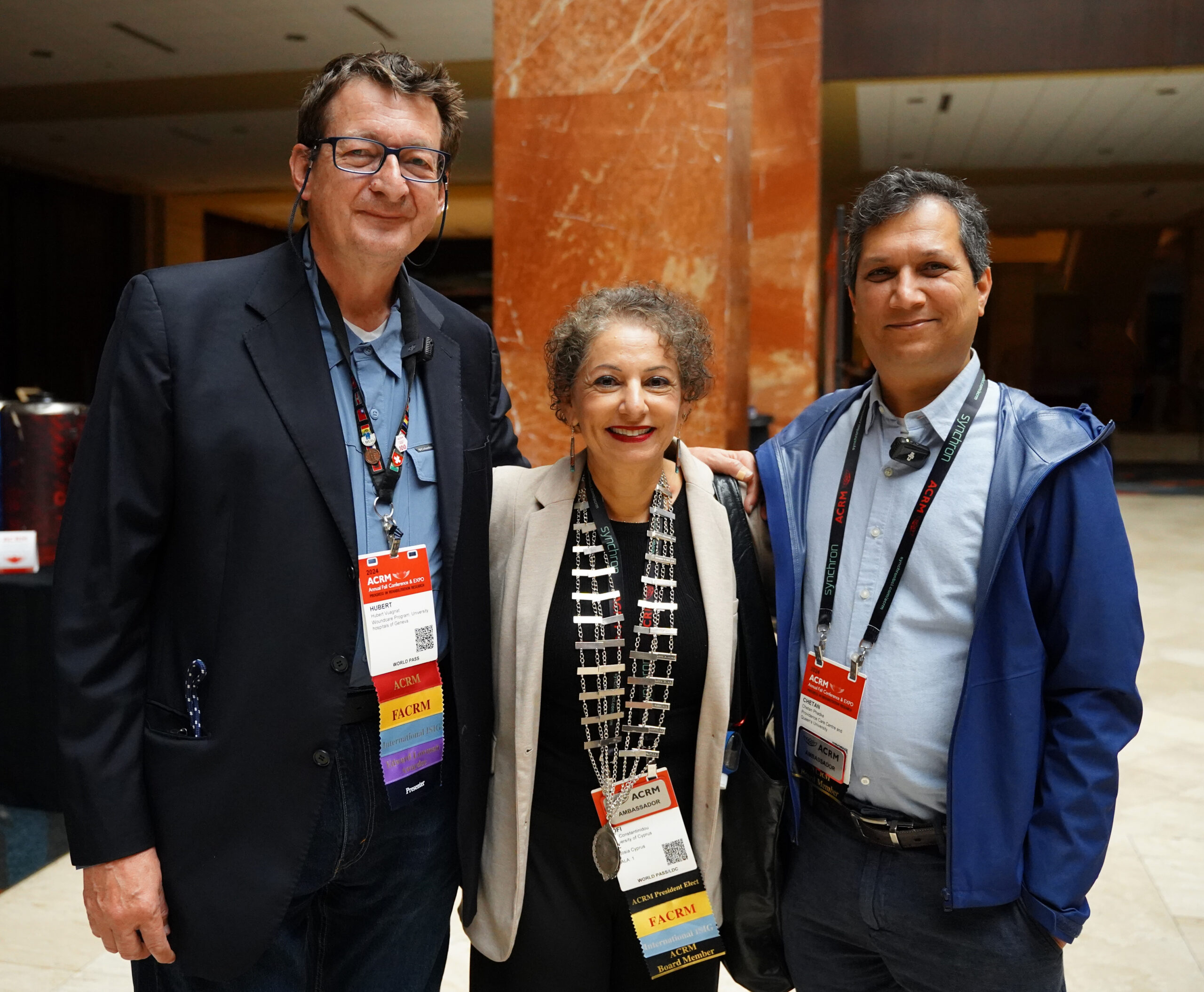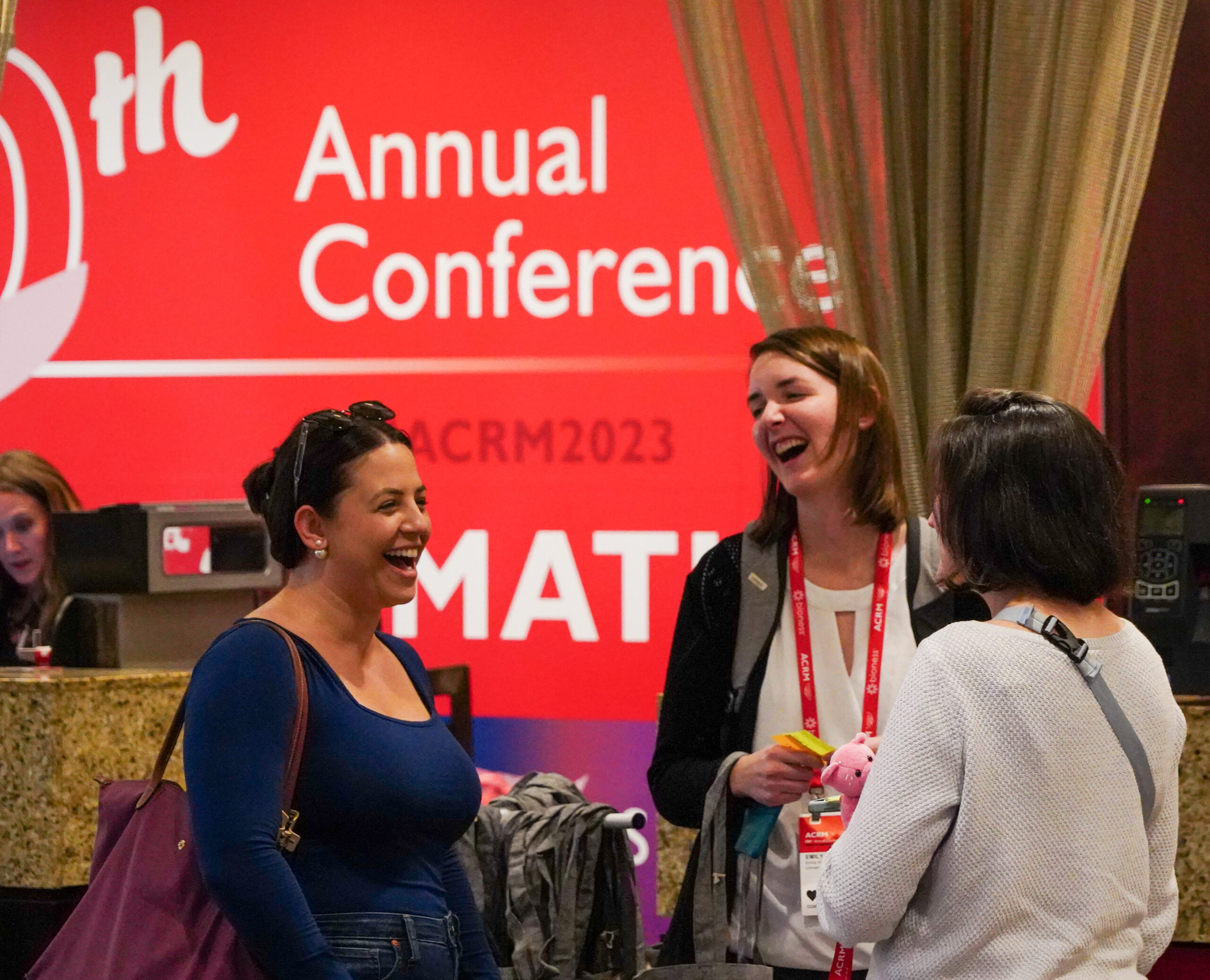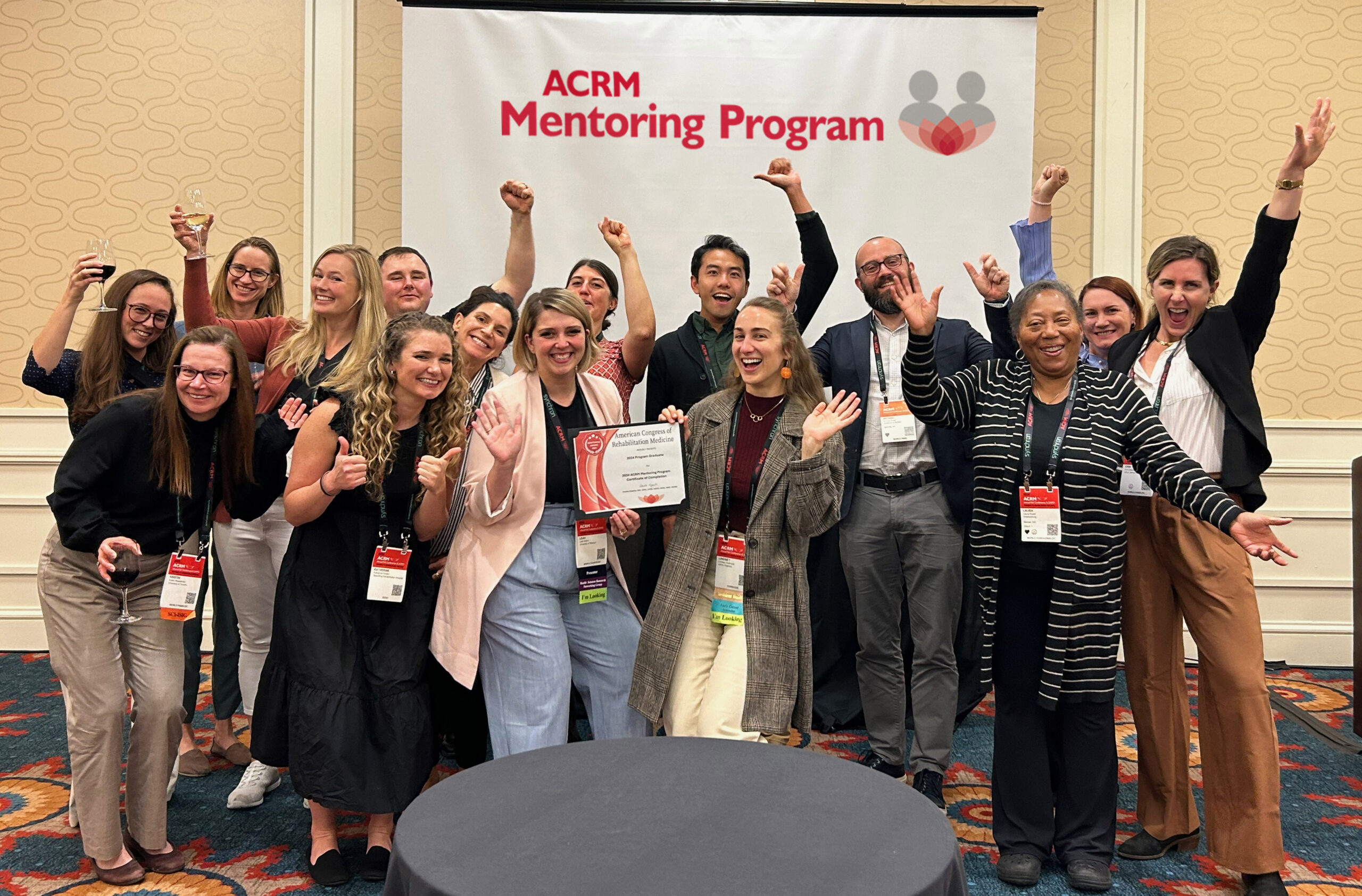Geriatric rehabilitation is a difficult yet rewarding aspect of rehabilitation research. Whether you’re pursuing rehabilitation research in this subject matter as part of medical networking continuing ed, or simply to better understand and help your aging family members or patients, ACRM is here for you.
We’re the American Congress of Rehabilitation Medicine, and we hold CME medical conferences, organize special interest groups (such as the Geriatric Rehabilitation Networking Group), and allow for advanced, extensive networking and partnerships in rehabilitation research. As a medical professional, caregiver, hospital administrator, or someone else involved in geriatric rehabilitation, you know how challenging it can be. With the help of ACRM, you can grow and improve with other individuals.
In today’s blog, we’re going to discuss National Safety Month and how it pertains to geriatric rehabilitation research. Keep reading to learn more, and join ACRM today.
Week 1: Hazard Recognition
The first week of National Safety Month, per the National Safety Council, regards hazard recognition. Let’s say you’re a caregiver for an elderly man. By working to help him recognize hazards (and by educating yourself on potential hazards), you could potentially prevent injuries from even happening in the first place.
These hazards could include everything from lighting to temperature, air quality, overexertion, prescription opioids, cleaning supplies, and more. What may be a minor injury for you could lead to serious rehabilitation efforts in the case of a senior.

Week 2: Slips, Trips, and Falls
Rehabilitation research is consistently done to help our geriatric citizens recover from slips, trips, and falls. Again, what is a slight misstep or slip on the ice for you could be an entirely debilitating and traumatic experience for a senior — an experience that they wouldn’t be able to recover from without the help of rehabilitation research.
While not all accidents are preventable, of course, there is something to be said for learning to prevent slips, trips, and falls. As a nurse, caregiver, hospital administrator, or even a family member, studying geriatric rehabilitation and fall prevention could be instrumental in a senior’s health.
Week 3: Fatigue
According to the National Safety Council, about 70 million Americans suffer from a sleep disorder. Fatigue risks are great, and they can only worsen with age. Perhaps a senior citizen is still driving well — but fatigue from alcohol, caffeine, the environment, screens, or lack of sleep for any other reason could lead to a serious risk of injury while on the road.
And the road isn’t the only place where fatigue puts us at risk. An important part of rehabilitation research for our geriatric patients involves reducing their fatigue, increasing their safety as a result, and keeping the mind strong.
Week 4: Impairment
The last week of National Safety Month focuses on impairment. While the National Safety Council focuses on how to know if you’re too impaired for work, this isn’t always immediately useful for your retired patients. Instead, rehabilitation research could focus on the role of rehabilitation medicine, its risks for addiction or impairment, and what tasks this could negatively influence. Impairment can take many forms: drugs, drowsiness, drinking, etc. What’s important is that your geriatric patients are safe and they benefit from cutting-edge rehabilitation research.
Begin Your Own Rehabilitation Research Today
Here at ACRM, we’re concerned with safety and reducing risks year-round, though we love the extra focus on the subject matter that June brings. To improve your practice, get involved with medical networking, and bring your own rehabilitation research to light, join ACRM today. The Geriatric Rehabilitation Networking Group covers many aspects of rehabilitation research regarding seniors, and it could benefit from your knowledge.








